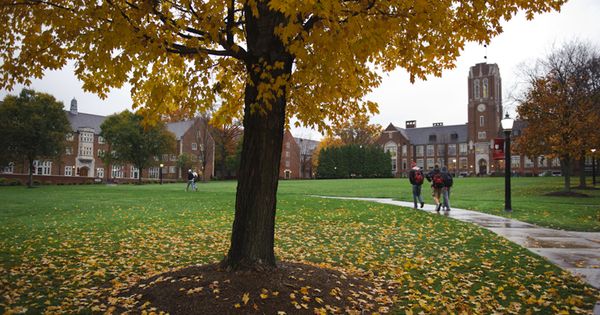Discovering My Artistic Abilities | Ceramics

Are you one of those people who has always had a profound interest in art? The kind of intense intrigue where you look at the piece of art and cannot help but wonder what the artist was thinking or how it is even possible that the creator was able to make such a complex and beautiful work simply with paint, […]
Read more


